Our teeth are covered with enamel, the hardest substance in the human body. This highly mineralized protective layer is what allows us to bite into a lollipop or chew on crushed ice on a hot summer’s day.
Unfortunately despite the hardness of enamel it can only offer so much protection. One wrong bite and you may find yourself with a cracked or chipped tooth. Whether the culprit was a hard candy or an injury sustained from an accident, a break can cause quite a bit of discomfort and may even be displeasing to the eye. Tooth clenching and grinding can also cause enamel to chip and in some cases may cause an entire tooth to fracture in half. Previous cavities/fillings can also weaken tooth enamel and make them more prone to chip or break
In the case of a small chip where there isn’t any sensitivity, risk of decay, further chipping or esthetic issues, the chipped area can often be smoothed or polished. Larger chips or cracks typically need to be repaired and there are many ways your teeth or smile can be restored to its usual comfort and appearance.
If you do chip your tooth, you can help prevent further damage or problems by visiting your dentist to determine how serious or minor the damage is and to see what options are available to repair your chipped tooth.
1. Examining the Chipped Tooth
Before coming up with a treatment plan for the chipped or cracked tooth, it may be important for your dentist to be aware of what caused the damage in the first place. If it was an accident from falling down or biting on something hard there may be some damage to the root or bone that needs to be evaluated with an x-ray.
However, if it was something due to a habit, such as clenching, grinding, pen biting, etc., the repair may not last when the person repeats the same habit. Since the replacement materials are not as strong as enamel, if the initial habit or event caused the enamel to fracture, then you can be assured that the same sort of habit/event will also break the repair material.
2. Creating a Strong Bond
Almost all white dental materials, whether white fillings/composite or porcelain/ceramic, are bonded to the teeth. Dental bonding is a quick and easy way to treat chipped or cracked teeth. It involves putting a conditioning solution on the surface of the tooth which roughens the tooth microscopically. As the materials are placed they flow into these microscopic rough areas and hence the materials “stick” or bond to the tooth.
If the material is a white filling, it can be applied directly and sculpted before being hardened in place with a blue wavelength light. The shape and colour of the bonding material is chosen to match surrounding teeth, so the end result is flawless and uniform. The final step is some polishing and buffing to give it a smooth, natural look.
A dentist can usually complete this procedure in less than hour, and in many cases it can be done without anaesthetic unless the tooth is sensitive to air or water.
In the long term the biggest drawback of using filling materials to repair a chipped tooth is the material isn’t as hard or durable as the natural enamel. Also, white filling materials can become discoloured over time, so you may need to replace or touch up the repair every 5-7 years depending on your intake of things that are notorious for stains, such as coffee, tea and especially smoking cigarettes.
With proper upkeep and care, this type of fix can have a lifespan of several years.
3. Porcelain
If the chip is large and/or the remainder of the tooth is structurally weak, your dentist may suggest porcelain in the form of a veneer, crown or onlay. Although composite resin can often be used in this procedure – making for a fairly quick and easy dental visit – you may opt for porcelain. While the latter may take more time to apply, it is stronger, more stain resistant and longer lasting.
With porcelain, more of the tooth is wrapped or covered to improve the esthetic result and for strength purposes. ow much of the tooth needs to be covered depends on how much of the tooth is broken, the strength of the remaining tooth structure, your “bite”, any grinding or clenching habits etc. Quite often a layer of the tooth’s natural enamel is thinned to accommodate the thickness of porcelain. The porcelain is custom made to fit the tooth in a dental laboratory using a mold of the tooth; therefore using this material often requires two appointments to complete.
Porcelain, whether in the form of a veneer, crown or onlay are a great option for a natural looking smile that can hold up fairly well against the chewing of hard foods. They are a lot stronger and won’t stain over time as with the white filling materials.
Final Thoughts on Chipped or Broken Teeth
It’s important to consult your dentist about any damage you notice to your teeth, no matter how minor it may seem. What starts as a small crack could become a more serious problem down the road if ignored.
Many chips that are minor don’t need any treatment whatsoever. However, if the dentine underneath is exposed, the tooth may be sensitive and prone to decay, in which case it often needs some type of repair. Other chips may not be that bad with respect to the tooth, but esthetically they affect the smile and hence repairs are done for cosmetic purposes.
If you are not sure which is the best treatment for you, make sure to ask your dentist what they would recommend and why so that you feel comfortable and confident in your decision.
And if you find yourself with a chipped tooth, rest assured there are multiple ways to bring the strength – and confidence – back into your smile.
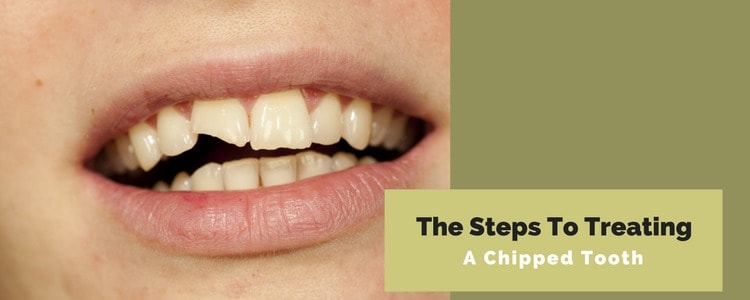


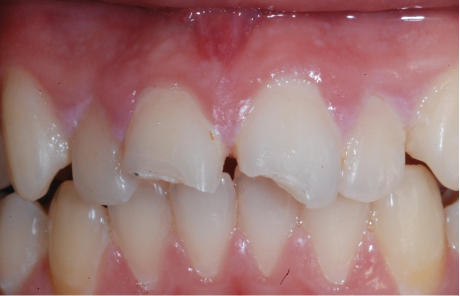


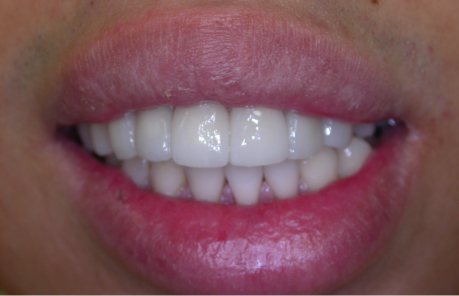

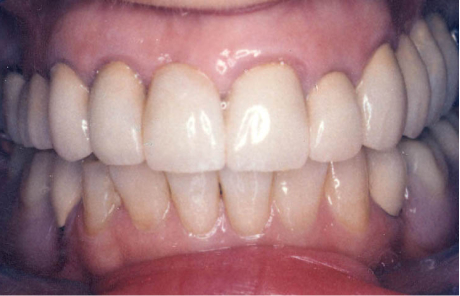
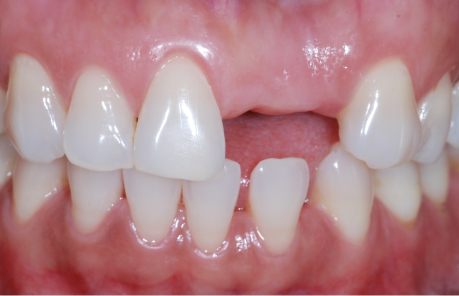
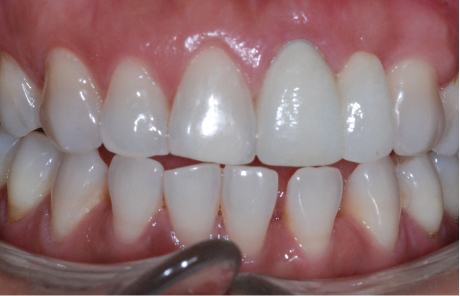


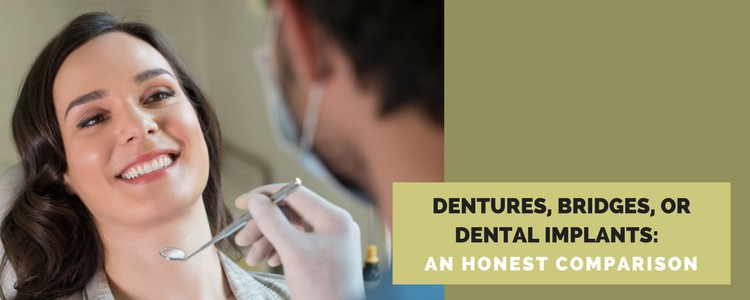



2 thoughts on “The Steps To Treating A Chipped Tooth”
Thanks for the advice about dealing with a cracked tooth. I noticed my back molar was cracked a few months ago, but it didn’t hurt, so I didn’t worry about it. Now, it hurts and there is what looks like a small chunk of tooth missing. Becuase of this, it sounds like a dentist would probably choose porcelain to fix it. It is a relief to hear that it can be fixed, as I was worried that they would have to pull my tooth out.
I had no idea that porcelain is used in fixing fractured teeth. I have a chipped tooth, and was looking into what kind of procedures are used if I was to solve the problem. Thank you for the very informative article! I feel like I have a more solid background in this area.